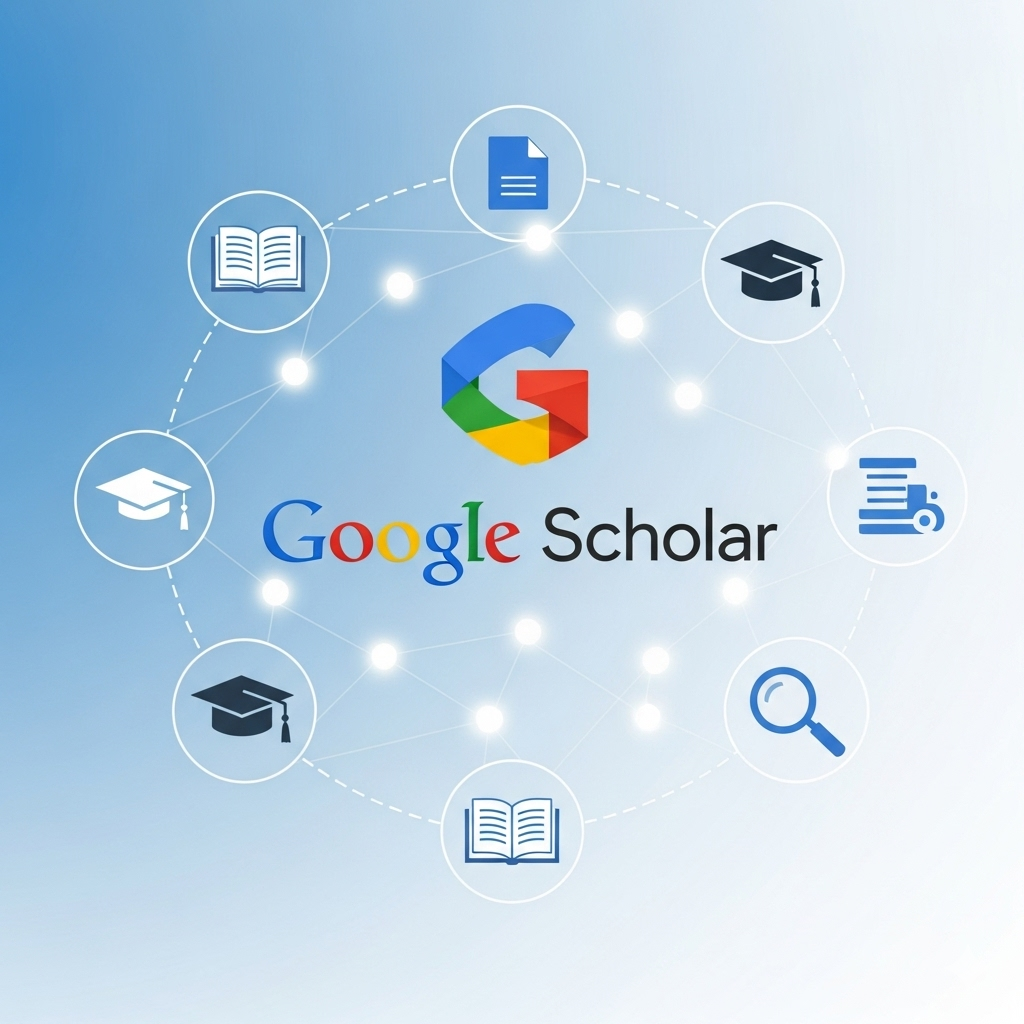

259 views||Release time: Sep 11, 2025
For anyone involved in academic work—from first-year undergraduates to seasoned professors—Google Scholar is an indispensable, powerful, and universally accessible tool. It has fundamentally changed how researchers find and access scholarly literature. But what exactly is it, and how can you use it to its full potential?

This guide provides a comprehensive overview of Google Scholar, its key features, its powerful advantages, and its important limitations.
Google Scholar is a freely accessible web search engine that specifically indexes the full text or metadata of scholarly literature across a vast array of publishing formats and disciplines. Launched by Google in 2004, its mission is to "stand on the shoulders of giants" by making academic information easy to find.
Unlike a standard Google search, which returns websites, news, and images, a Google Scholar search returns:
Peer-reviewed journal articles
Academic books and book chapters
Conference papers
Theses and dissertations
Preprints from servers like arXiv
Technical reports
Patents and legal opinions
It is not a curated database like Scopus or Web of Science; instead, it uses automated bots (or "crawlers") to index content directly from publisher websites, university repositories, and other academic sites on the web.
Google Scholar is much more than a simple search box. Here are some of its most powerful features:
1. Citation Tracking ("Cited by") This is perhaps its most valuable feature. Underneath each search result is a "Cited by" link, which shows you a list of all the other papers that have cited that particular work. This allows you to trace the influence of a key paper and discover more recent, related research.
2. Author Profiles Researchers can create their own Google Scholar Profile. This public profile acts as a dynamic list of all their publications, automatically updating as new works are indexed. It also calculates key citation metrics, including:
Total citation count
h-index
i10-index
3. Search Alerts You can create custom alerts for any search query. For example, you could set an alert for "quantum machine learning" or for new papers by a specific author. Google Scholar will then email you whenever a new article matching your criteria is added to its index.
4. Library Links You can configure Google Scholar to link with your university's library subscriptions. This means that when you find a paywalled article, a direct link will appear next to the result, giving you immediate full-text access through your institution.
5. "Related articles" Feature For any given search result, the "Related articles" link will show you a list of papers that are algorithmically determined to be closely related. This is an excellent way to broaden your literature search and find papers you might have otherwise missed.
While incredibly powerful, it's important to understand both its strengths and weaknesses.
Free and Universally Accessible: Anyone with an internet connection can use it, breaking down barriers to information access.
Massive and Multidisciplinary Coverage: Its index is enormous and covers virtually every academic discipline, including the arts, humanities, and social sciences.
Excellent for "Gray Literature": It is exceptionally good at finding content that traditional databases miss, like conference papers, preprints, and institutional reports.
Ease of Use: The interface is simple, intuitive, and familiar to anyone who has used Google.
Lack of Quality Control: Because it is indexed by a bot, the quality of the sources can be inconsistent. You may find predatory journals or non-peer-reviewed content alongside top-tier publications.
"Noisy" Citation Data: Its citation counts are often higher than those in Scopus or Web of Science because it includes citations from non-journal sources (like student theses or preprints). This data can be less reliable for formal academic evaluations.
Limited Advanced Search Functionality: While it has some advanced search operators, its filtering and sorting capabilities are not as sophisticated as those in curated databases like Scopus.
Inconsistent Metadata: You may sometimes encounter incomplete or incorrectly formatted bibliographic information.
Google Scholar should not be seen as a replacement for curated databases like Scopus and Web of Science, but rather as a powerful and complementary tool.
Use Google Scholar for: Broad, initial literature discovery, finding "gray literature," tracking citations for free, and setting up alerts. It is the best tool for a quick and comprehensive search of a topic.
Use Scopus/Web of Science for: Systematic reviews where data quality is paramount, formal bibliometric analysis (like calculating a university's research output), and exploring a highly curated set of vetted, high-quality journals.
Google Scholar is a revolutionary tool that has democratized access to academic information. Its speed, comprehensive coverage, and powerful features like citation tracking and author profiles make it an essential starting point for nearly any literature search. By understanding its strengths and using it in conjunction with other scholarly databases, you can build a robust and efficient research workflow.